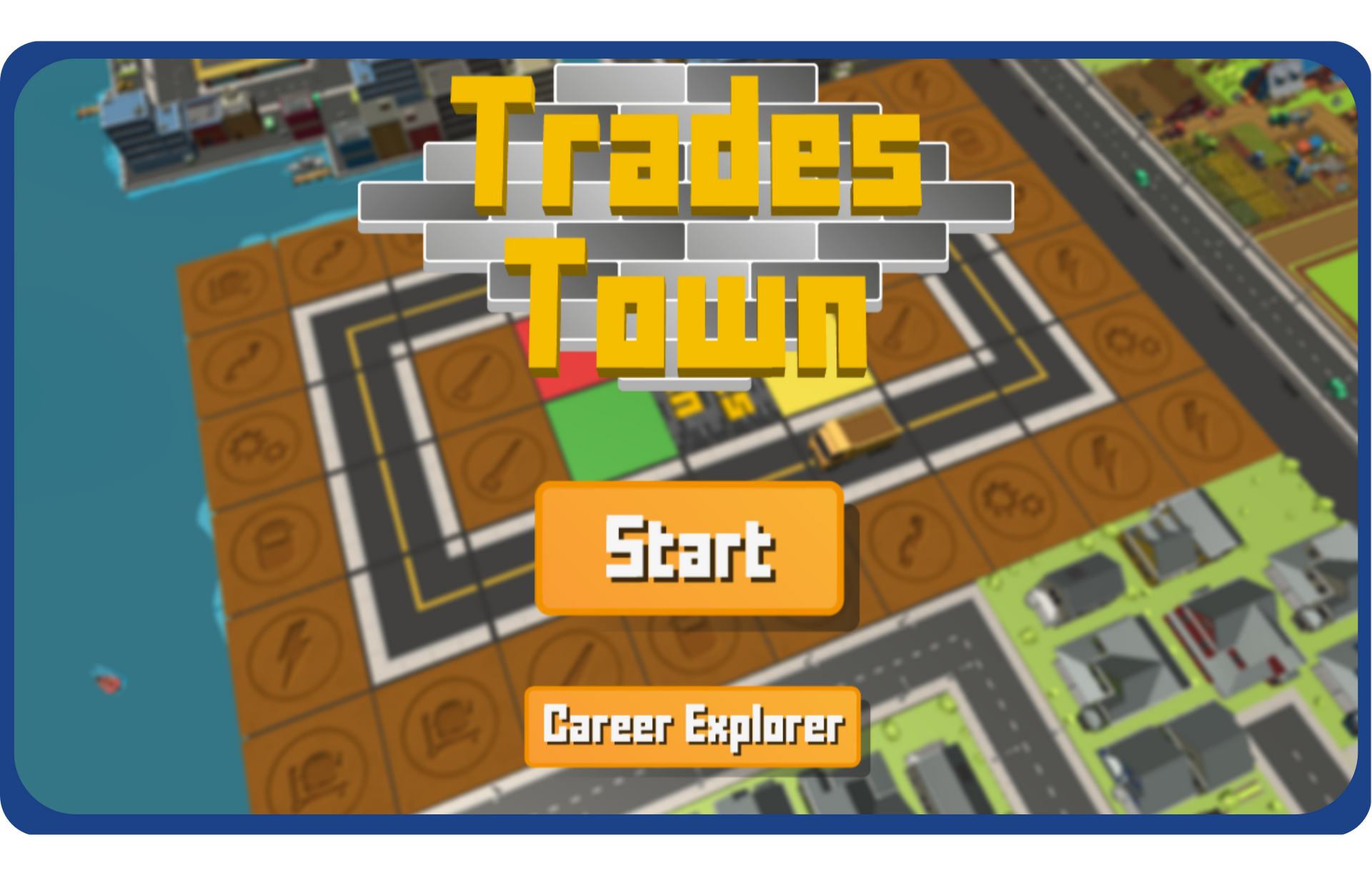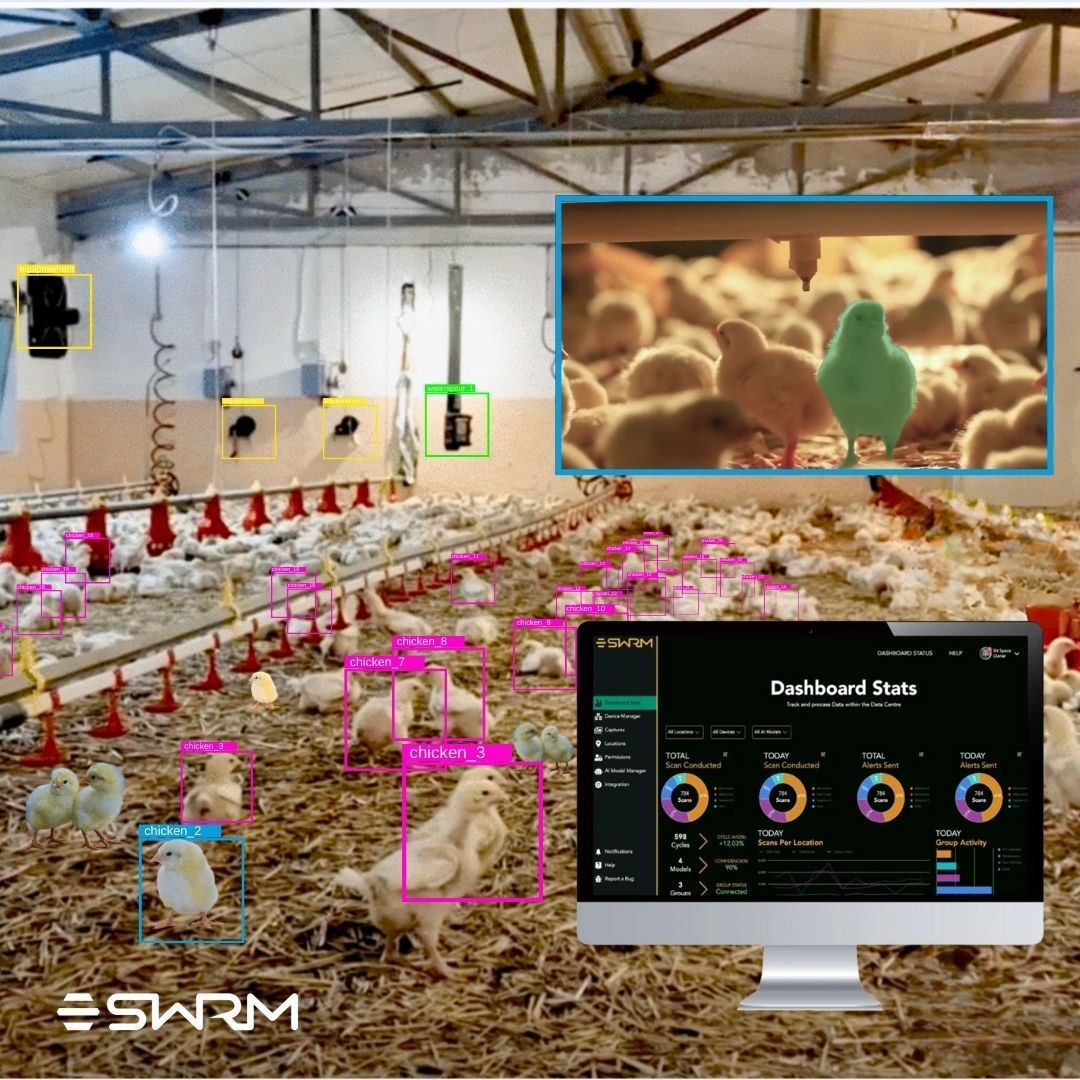Ensure the best VR game development
The virtual world is continues to expand at a rapid rate. From entertainment, to education, to training, Virtual Reality is revolutionizing all of these industries by offering it's users a highly immersive experience.
BSD specializes in building educational VR games that provide immersive and interactive learning experiences. We are passionate about leveraging the power of virtual reality to engage learners in unique and memorable ways.
In line with our commitment to excellence, we adhere to our 8 best practices of VR game development to ensure that our educational experiences are of the highest quality. These best practices encompass various aspects such as user experience, interface design, accessibility, feedback systems, progression, instructional design, performance optimization, and immersive environments. By following these best practices, we strive to create educational VR games that captivate, educate, and inspire learners of all ages.
1. Research and Planning
During the development of Virtual Reality games, research and planning is vital to lay the foundation for a successful and well-executed project. Thorough research helps developers gain insights into the target audience, market trends, and technological advancements, allowing them to make informed decisions and create experiences that resonate with players.
Planning enables the organization and coordination of various aspects, including storyline, mechanics, art style, and technical requirements, ensuring a cohesive and coherent VR game. It helps in setting realistic goals, allocating resources effectively, and mitigating potential risks, leading to efficient development processes and delivering a high-quality end product.
2. User Experience and Interface Design
User Experience (UX) and Interface Design are paramount in VR game development as they directly influence the overall quality, immersion, and player engagement. A well-crafted UX ensures intuitive navigation and seamless interaction, enhancing the sense of presence and making the virtual experience more compelling. It involves designing controls, feedback systems, and visual cues that guide players through the game world effortlessly.
Furthermore, interface design plays a critical role in improving usability, clarity, and visual appeal. Thoughtful interface design involves creating user-friendly menus, informative heads-up displays, and intuitive interaction elements. Consistency in design choices helps players feel familiar and comfortable with the interface, reducing confusion and frustration.
By prioritizing UX and interface design, developers create a seamless and enjoyable experience that keeps players immersed and engaged. A smooth and intuitive experience allows players to focus on the game content and objectives, enhancing their satisfaction and enjoyment. Additionally, a visually appealing and well-structured interface adds a professional touch to the VR game, leaving a positive impression on players.
Ultimately, the combination of an exceptional UX and intuitive interface design results in a captivating and immersive VR experience. It allows players to effortlessly navigate the virtual world, interact with objects, and enjoy the game's content, leading to increased player satisfaction and a memorable gaming experience.
Our Vive Pro Eye Hand Tracking Experiment is being utilized for User Experience and Interface Design as part of VR game development best practices. The advanced eye and hand tracking technology of the Vive Pro Eye enables intuitive and seamless interactions, enhancing the overall user experience. By leveraging this technology, we can create more immersive and engaging virtual environments, where players can navigate and interact with ease. The precise tracking capabilities of the Vive Pro Eye contribute to improved usability, visual clarity, and intuitive controls, leading to a more polished and enjoyable VR game.
3. Immersive Environments and Realism
Creating immersive environments and incorporating realism is crucial in VR game development as it enhances the player's sense of presence and engagement. By designing detailed and believable virtual worlds, developers can transport players into captivating and realistic experiences, making them feel like they are truly part of the game. Immersive environments contribute to a deeper level of immersion, heightening emotional responses and creating a more memorable and impactful gameplay experience in virtual reality. Realism in visuals, sound, and interactions further adds authenticity, making the virtual world feel tangible and enhancing the overall quality and enjoyment of the VR game.
Our Mining VR simulation exemplifies the best practice of "Immersive Environments and Realism" in VR game development. By meticulously designing realistic mining environments, complete with detailed textures, dynamic lighting, and spatial audio, we create an immersive experience that mirrors the real-world mining operations. Players can explore and interact with their surroundings, experiencing the sights, sounds, and challenges of a mining environment firsthand. The incorporation of realistic physics and mechanics further enhances the sense of authenticity, making the VR Mining simulation a truly immersive and engaging experience for players.
4. Performance Optimization
Performance Optimization in VR game development refers to the practice of optimizing the game's performance to ensure smooth and consistent gameplay. This involves optimizing graphics, audio, and other game elements to achieve optimal frame rates and minimize latency. By optimizing resource usage, reducing rendering overhead, and streamlining code, developers can deliver a high-performance VR experience that maximizes immersion and minimizes the risk of motion sickness or discomfort for players.
5. User Testing and Iteration
This step is crucial in VR game development as it allows developers to gather valuable feedback from real users, identify areas for improvement, and refine the game experience accordingly. By involving users throughout the development process, developers can ensure that the VR game meets the needs and expectations of the target audience, resulting in a more enjoyable and engaging experience. Iterative testing and refinement help address usability issues, fine-tune gameplay mechanics, and optimize immersion, ultimately leading to a higher quality and more polished VR game.

6. Instructional Design and Learning Objectives
The aspect of "Instructional Design and Learning Objectives" is crucial to VR game development for several reasons:
I. Alignment with Training Goals: By incorporating instructional design principles, VR game developers can ensure that the game mechanics, scenarios, and interactions directly support the desired learning outcomes and training objectives. This alignment ensures that the VR game serves its purpose as a training tool rather than just an entertaining experience.
II. Enhanced Learning and Retention: Instructional design principles, such as scaffolding, chunking, and repetition, can be applied within the VR game to facilitate effective learning. Breaking down complex concepts into manageable chunks, providing step-by-step guidance, and reinforcing key information can enhance learning and improve information retention for trainees.
III. Realistic Simulations: VR game development allows for the creation of realistic simulations that closely resemble real-world scenarios. By aligning instructional design with these simulations, trainees can practice their skills and decision-making in a safe and controlled environment, preparing them for real-world challenges they may encounter in their respective fields.
IV. Guided Learning Experiences: Incorporating instructional elements within the VR game, such as on-screen prompts, tooltips, or tutorial levels, can guide the player's learning process. These elements provide clear instructions, explanations, and guidance, ensuring that trainees understand the concepts and procedures they need to learn and follow.
Overall, instructional design and clearly defined learning objectives ensure that the VR game serves as an effective training tool. It facilitates learning, provides guidance, tracks progress, and creates immersive and engaging experiences that align with the desired training outcomes. By incorporating instructional design into VR game development, developers can maximize the educational value and impact of their virtual reality training experiences.
7. Feedback and Progression Systems
A feedback and progression system is crucial in VR game development as it enhances the overall user experience and drives player engagement. By providing immediate and informative feedback on player actions, it motivates players to continue playing and exploring the virtual world. The system acknowledges achievements, reinforces positive behaviors, and helps players understand the consequences of their choices, creating a sense of progress and satisfaction.
A well-designed progression system promotes skill development and learning. It gradually introduces new challenges, increases difficulty, and rewards players for skill mastery. This encourages players to push their limits, develop problem-solving abilities, and think strategically, making the VR game an effective tool for growth and learning.
A feedback and progression system also instills a sense of accomplishment in players. Clear goals, progress tracking, and rewards for achievements contribute to a feeling of fulfillment when players overcome challenges and reach milestones. This sense of accomplishment fuels their motivation, encouraging them to further engage with the VR game and its content.
Lastly, the system enables tracking and assessment of player performance, providing valuable data for improvement. By collecting data on player actions, achievements, and progress, developers can gain insights into player behavior and refine the game's design and mechanics. This iterative process allows for continuous enhancement and optimization of the VR game.
In summary, a well-implemented feedback and progression system is essential in VR game development. It keeps players engaged, motivated, and provides a sense of accomplishment. It promotes skill development, personalization, and learning while also contributing to the longevity and replay-ability of the game. Overall, the system creates an immersive and rewarding VR experience that captivates players and keeps them coming back for more.
8. Accessibility and Inclusivity
Accessibility and inclusivity are important in VR game development to provide equal opportunities for individuals with disabilities, expand the potential user base, fulfill ethical responsibilities, enhance the overall user experience, foster innovation, and build a positive reputation. By prioritizing accessibility, developers create inclusive virtual reality experiences that contribute to a more diverse, equitable, and inclusive gaming industry.
I. Consider diverse user needs and accessibility requirements: Provide options for users with different physical abilities, such as adjustable movement speeds, alternative input methods, or comfort settings. - Ensure colorblind-friendly visuals and readable text sizes for users with visual impairments.
II. Provide options for customization and comfort settings: Allow users to adjust comfort settings, such as field of view, vignetting, or snap-turning, to accommodate individual preferences. - Offer accessibility features like subtitles, audio descriptions, or alternative control schemes for a more inclusive experience.
III. Ensure accessibility for users with disabilities: Design the VR game to be playable by users with disabilities, considering factors such as mobility limitations, hearing impairments, or cognitive disabilities. - Consult accessibility guidelines and seek input from users with disabilities to ensure an inclusive and accessible experience.
In conclusion, VR game development for Virtual Reality training requires careful consideration and adherence to best practices. From thorough research and planning to creating immersive environments, optimizing performance, and ensuring accessibility, each aspect contributes to the overall success of the VR game. By following these best practices, developers can create impactful training experiences that engage learners, enhance their skills and knowledge, and ultimately revolutionize the way we approach training and learning in various industries. Embracing the possibilities of VR game development opens up a world of exciting opportunities for immersive and effective training experiences.
So, let's dive into the realm of VR game development and unlock the potential of virtual reality for training and beyond.
Schedule your consultation today to get started!
Click to share this article
Transform your business with immersive technologies
Schedule a consultation to see how BSD can help your organization unlock new avenues of engagement.
CONTACT US
Global Headquarters
1555 Dublin Avenue, R3E 3M8
Winnipeg, MB, Canada
PUBLIC RELATIONS
DIVISIONS
GENERAL
IN THE SPIRIT OF RECONCILIATION
We would like to acknowledge that the land on which we gather is Treaty One Territory, the home and traditional lands of the Anishinaabe (Ojibwe), Ininew (Cree), and Dakota peoples, and in the National Homeland of the Red River Métis. Our drinking water comes from Shoal Lake 40 First Nation.
Join 10,000+ people who get XR tips, insights, and company updates monthly.
Contact Us
We will get back to you as soon as possible.
Please try again later.
Privacy Policy Accessibility Sitemap Support
Bit Space Development Ltd.






